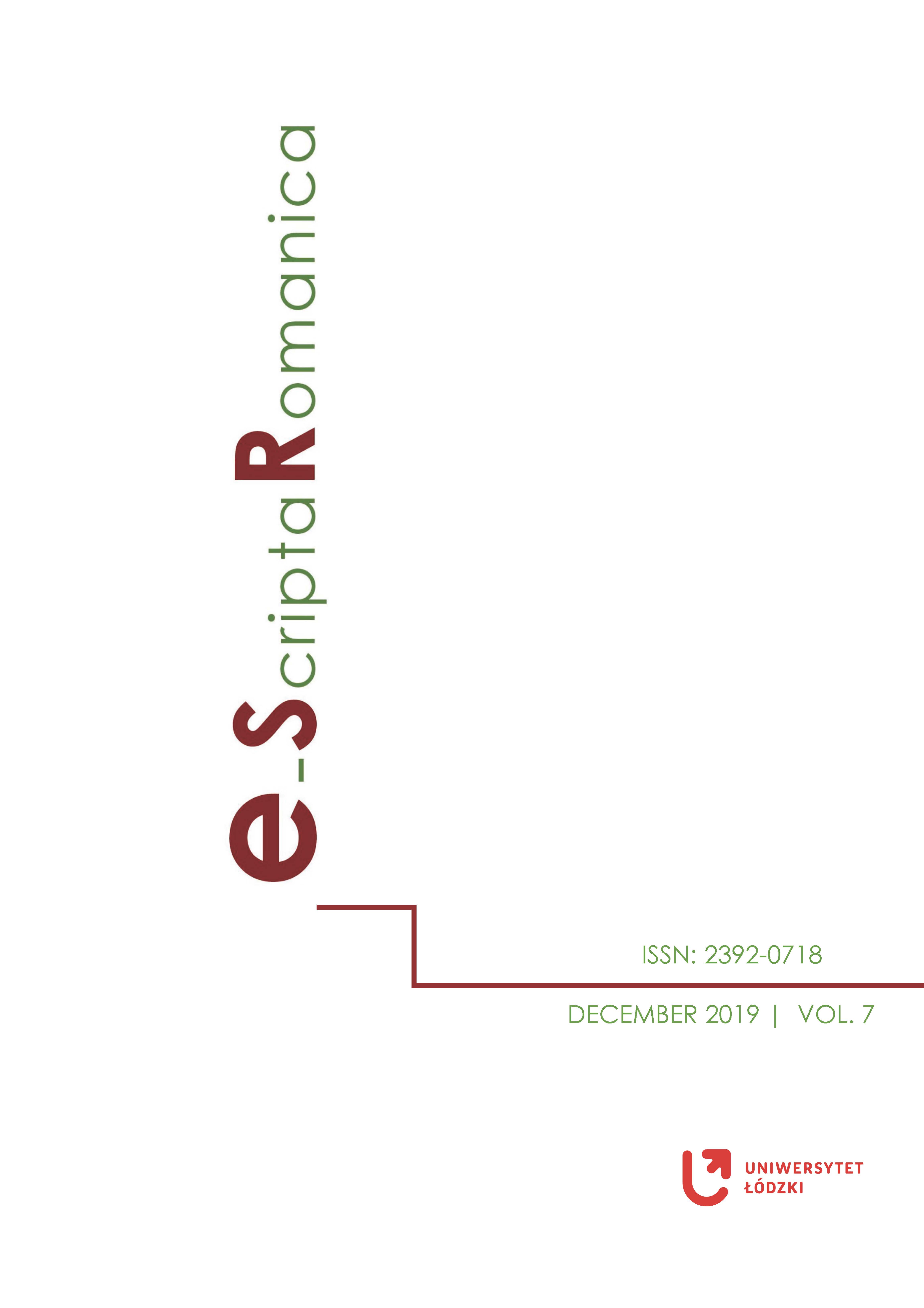Professional Training and Updating of Italian as Second Language Teachers. A Research on Teachers' Training Needs
DOI:
https://doi.org/10.18778/2392-0718.07.03Keywords:
professional training, SL teaching, Italian language, language teaching, Italian Linguistics, Educational LinguisticsAbstract
In this essay, we discuss the results of a questionnaire to observe the perception of the needs associated with the professional training of Italian as Second Language teachers. Previously, we investigated these necessities according to a scientific literature review. A questionnaire was administered to a sample of teachers in order to explore the professional needs and the critical aspects of Italian as Second Language Teaching. From data analysis two significant needs emerge. The first being the formal instruction of language training, and the second being to improve the communication between academic research and professional life.
References
BALBONI, P. E. (2008): «Italiano L2: una via italiana». Studi di Glottodidattica, I, pp. 17-31.
Google Scholar
BALBONI, P. E. (2012): Le sfide di Babele. Insegnare le lingue nelle società complesse. Novara: UTET.
Google Scholar
BERRUTO, G. (2004): Prima lezione di sociolinguistica. Roma; Bari: Laterza Editori.
Google Scholar
CAMBIAGHI, B., C. MILANI & P. PONTANI, (a cura di) (2005): Europa plurilingue: Comunicazione e didattica. Milano: Vita e Pensiero.
Google Scholar
DANESI, M. (2015): Il cervello in aula! Neurolinguistica e didattica per le lingue. Perugia: Guerra Edizioni.
Google Scholar
DÖRNYEI, Z. (1998): “Motivation in second and foreign language learning”. Language Teaching, 31(3), pp. 117-135.
Google Scholar
DOI: https://doi.org/10.1017/S026144480001315X
DUSI, P., B. GUIDETTI & A. PORTERA (2015): L’educazione interculturale alla cittadinanza. Roma: Carocci editore.
Google Scholar
EMANUEL, L. & P. NITTI (2017): «Lifelong learning: aspetti pedagogici e didattici». Nuova Secondaria, 9, pp. 22-25.
Google Scholar
FACCHETTI, G. (2007): Antropologia della scrittura. Milano: Arcipelago Edizioni.
Google Scholar
FAVARO, G. (2014): A scuola nessuno è straniero. Firenze: Giunti.
Google Scholar
FRABBONI, F. & F. PINTO MINERVA (2005): Introduzione alla pedagogia generale. Roma: Editori Laterza.
Google Scholar
MARINI, A. (2018): Manuale di neurolinguistica. Fondamenti teorici, tecniche di indagine, applicazioni. Roma: Carocci editore.
Google Scholar
MEZZADRI, M. (2005): La qualità nell'insegnamento delle lingue straniere. Perugia: Guerra-Soleil.
Google Scholar
NITTI, P. (2018): La didattica della lingua italiana per gruppi disomogenei. Brescia: Editrice La Scuola.
Google Scholar
NUZZO, E. & S. RASTELLI (2011): Glottodidattica sperimentale. Nozioni, rappresentazioni e processing nell’apprendimento della seconda lingua. Roma: Carocci editore.
Google Scholar
PEACOCK, M. (1997): “The effect of authentic materials on the motivation of EFL learners”. ELT Journal, 51, pp. 144-56.
Google Scholar
DOI: https://doi.org/10.1093/elt/51.2.144
RASTELLI, S. (2009): Che cos’è la didattica acquisizionale. Roma: Carocci editore.
Google Scholar
SANTALUCIA, D. (2015): «Competenza digitale e glottotecnologie per l’insegnante di italiano L2/LS». Italiano LinguaDue, 1, pp. 157-183.
Google Scholar
SERRAGIOTTO, G. (2016): Nuove frontiere nella valutazione linguistica. Educazione Linguistica Language Education, 5(2), pp. 153-188.
Google Scholar
VANNINI, I. (2012): Come cambia la cultura degli insegnanti. Metodi per la ricerca empirica in educazione. Milano: FrancoAngeli.
Google Scholar
VEDOVELLI, M. (2002): L'italiano degli stranieri: storia, attualità e prospettive. Roma: Carocci editore.
Google Scholar
Downloads
Published
How to Cite
Issue
Section
License

This work is licensed under a Creative Commons Attribution-NonCommercial-NoDerivatives 4.0 International License.











